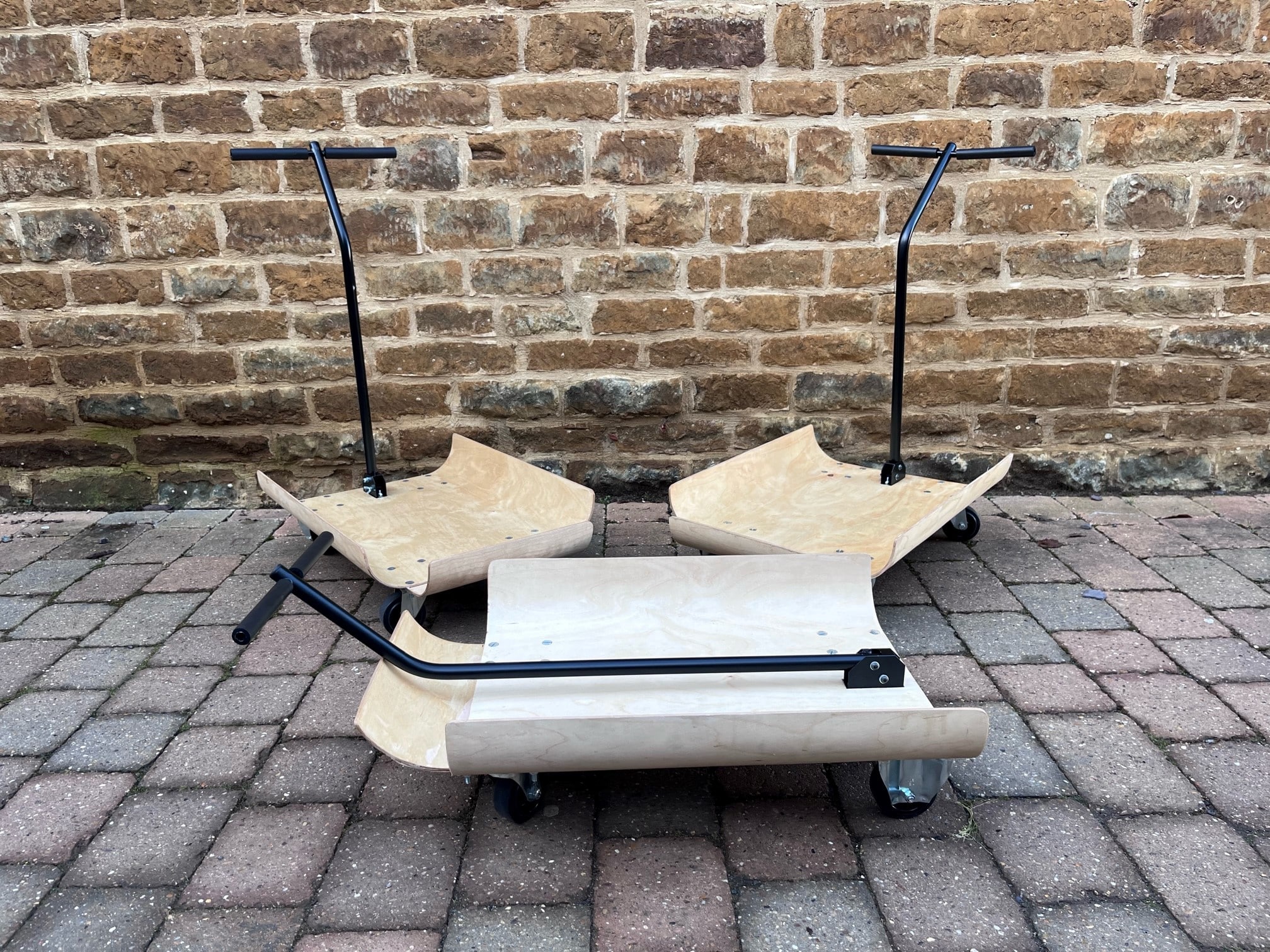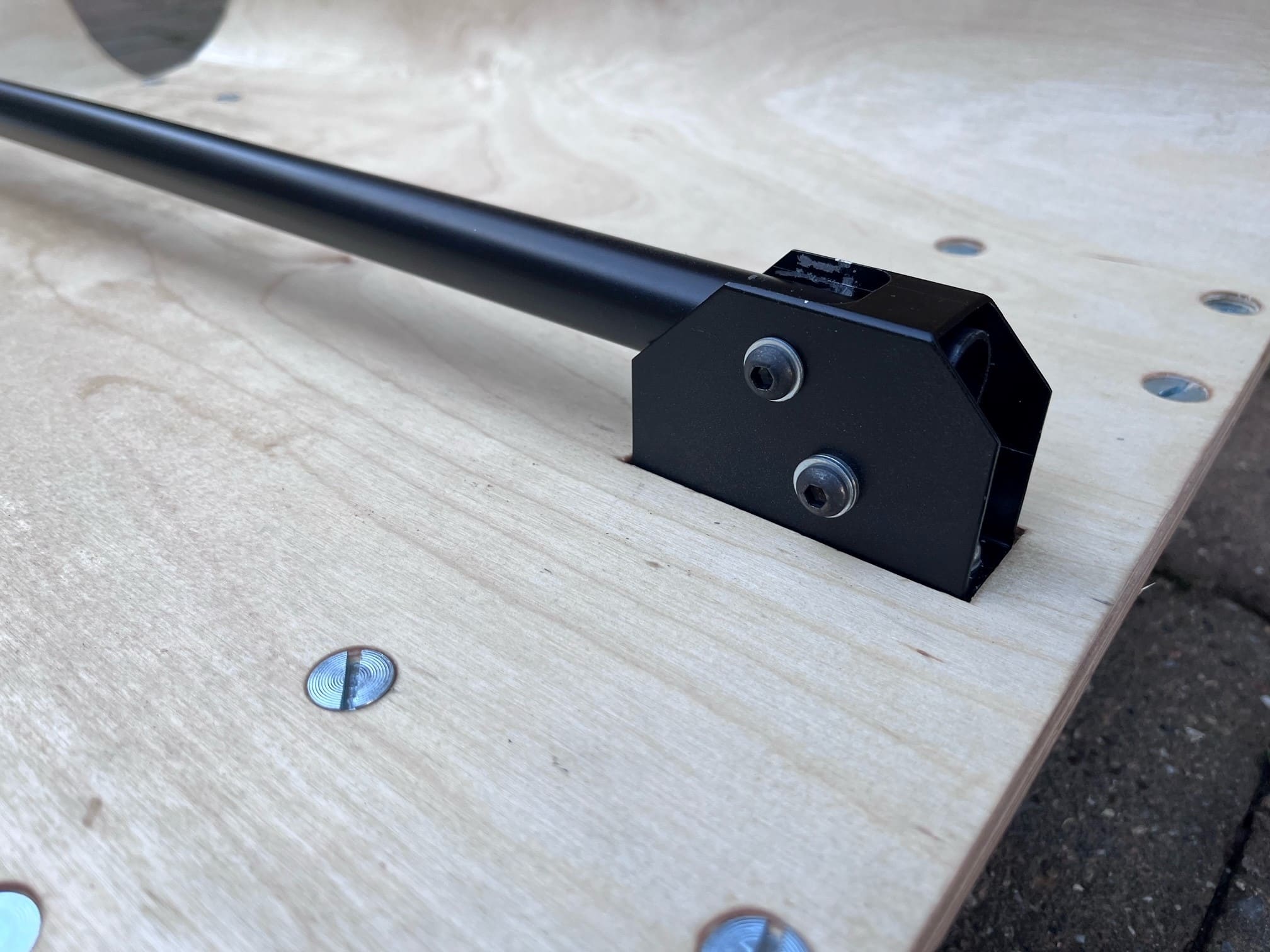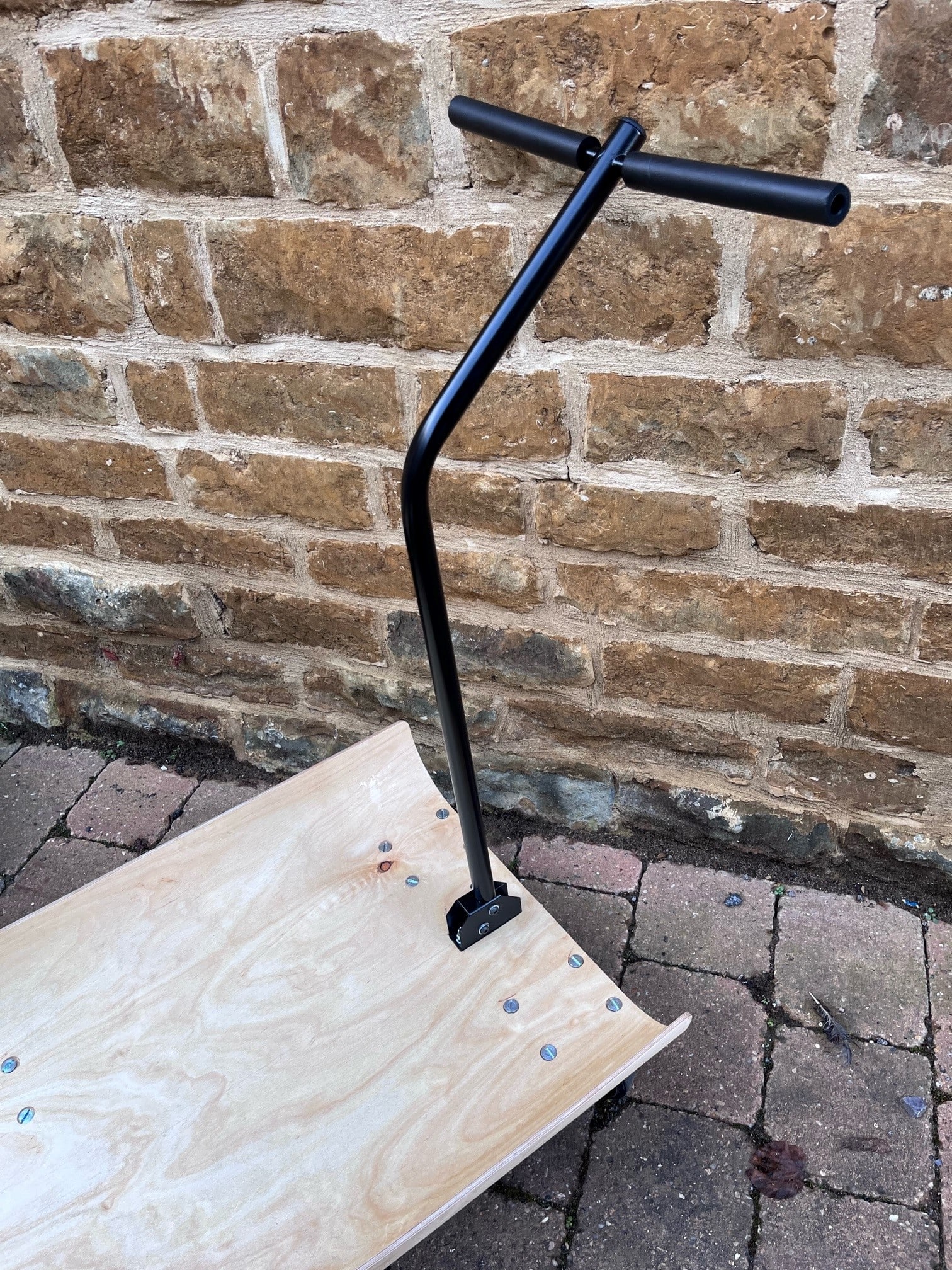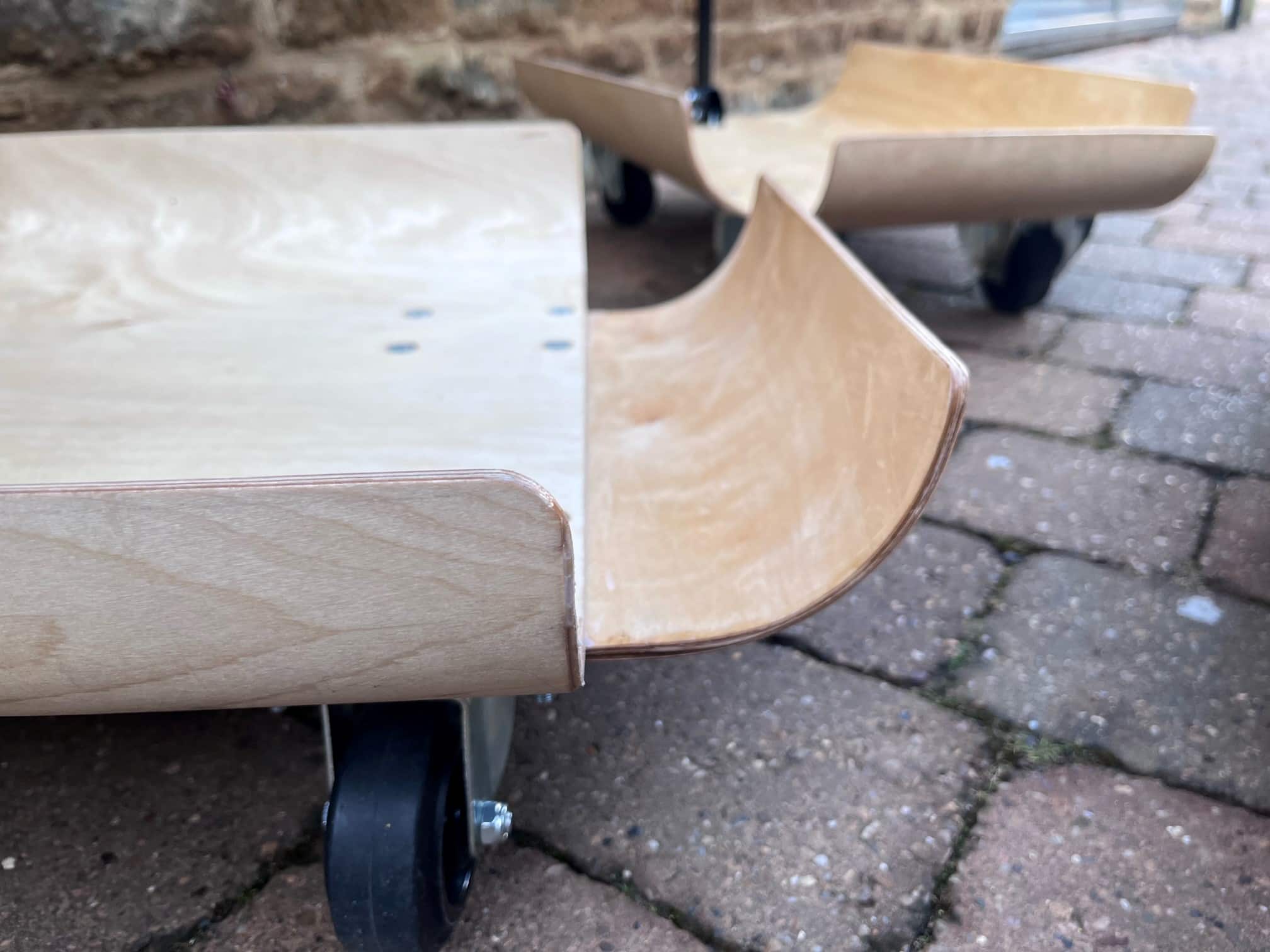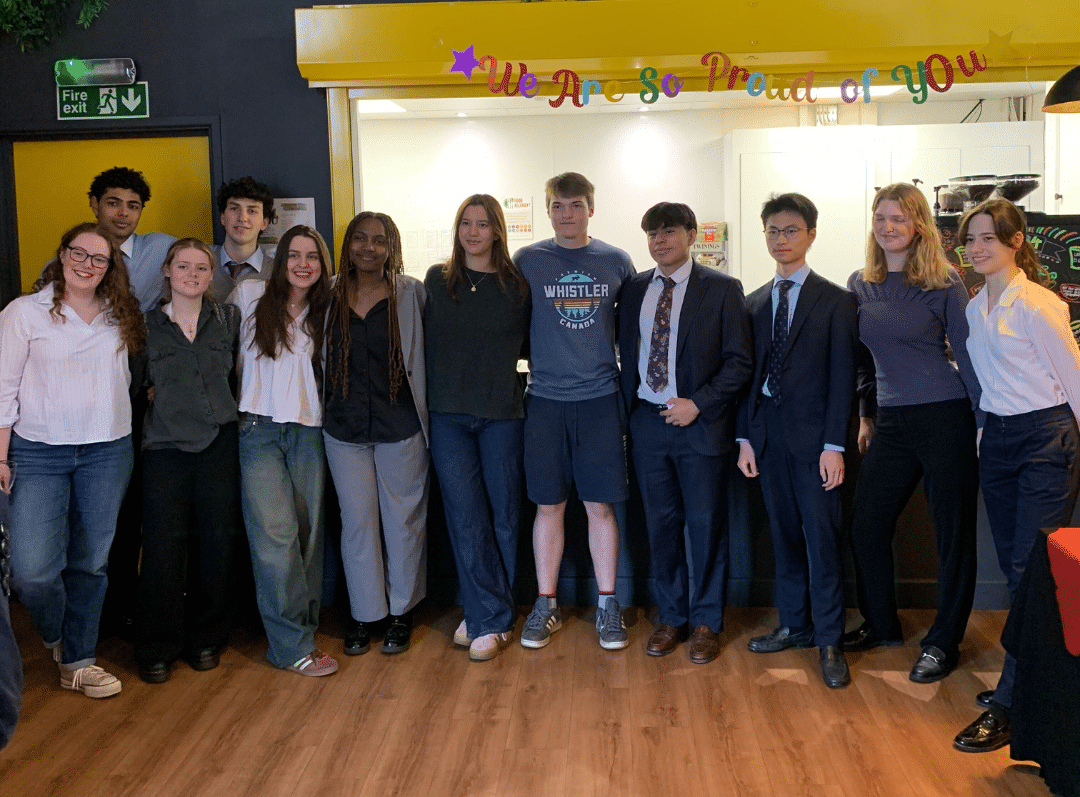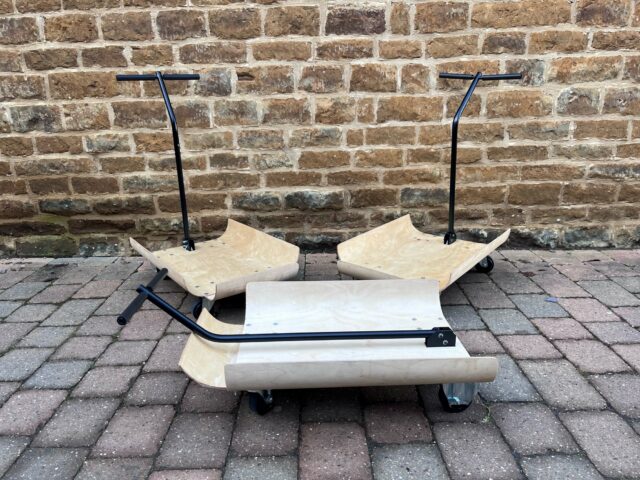
We believe in the power of a connected curriculum. This belief was recently exemplified in our Form 6 Design and Technology class, where pupils worked in small teams to successfully manufacture trolleys for house supplies.
Teamwork and Collaboration
The project began with pupils forming small teams, fostering an environment of collaboration and mutual learning. Each team was tasked with the challenge of creating a functional trolley that could efficiently transport house supplies. This real-world problem-solving task not only tested their technical skills but also their ability to work together and communicate effectively.
Manufacturing Techniques
The manufacturing process was a hands-on experience that allowed the pupils to apply a variety of techniques. These included:
- Lamination of timber: This process involved layering thin pieces of wood and gluing them together under pressure. The result was a strong, durable material perfect for the main structure of the trolleys.
- Routing and Drilling: These techniques were used to create precise holes and shapes in the timber. This precision was crucial in ensuring the trolleys were robust and fit for purpose.
- Milling: This process was used to shape the metal components of the trolleys. It allowed the pupils to create custom parts that fit perfectly into their designs.
- Bending of metal tube: This technique was used to create the handles and frames of the trolleys. It required careful measurement and precision to ensure the trolleys were easy to manoeuvre.
- Brazing: This is a method of joining metal parts together using a filler metal. It was used to securely attach the various components of the trolleys.
Teamwork was a crucial aspect of the manufacturing process. The pupils were divided into small teams, and each team was responsible for creating a functional trolley that could efficiently transport house supplies. The pupils had to work together to speed up the process while also checking each other’s work.
This real-world problem-solving task not only tested their technical skills but also their ability to work together and communicate effectively. The pupils had to collaborate and learn from each other to create a successful outcome. They had to work together to ensure that the trolleys were robust and fit for purpose.
The pupils were able to apply their thinking skills and use of numeracy to accurately measure and manufacture components that were later assembled into the final product. The connected curriculum approach also helped develop pupils’ communication skills through social interaction with their teams to produce a successful outcome.
The project was completed in 8 x 50 minute sessions. With the products now finished, pupils will conduct a long-term testing and evaluation report as the next stage of the DT connected curriculum which also includes critical path analysis, further emphasis on numeracy, digital design and visualisation techniques.
